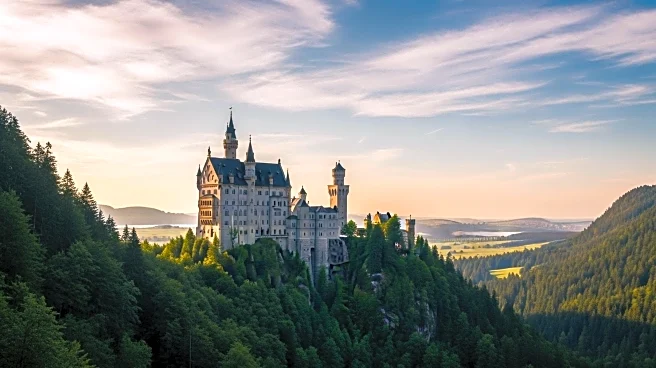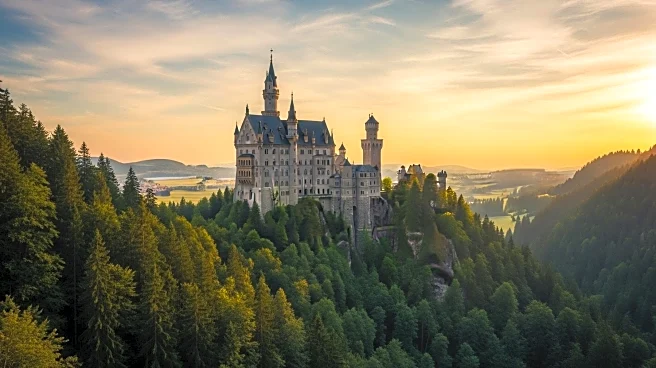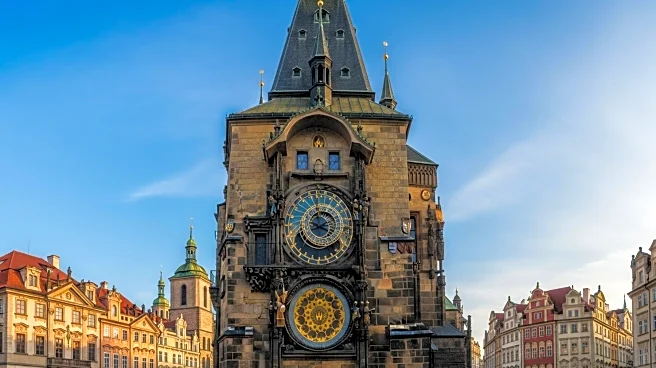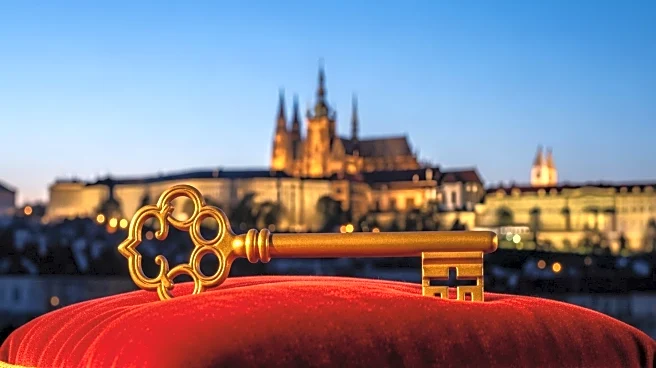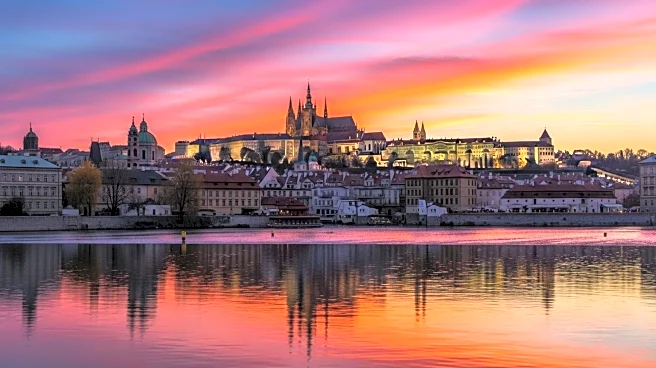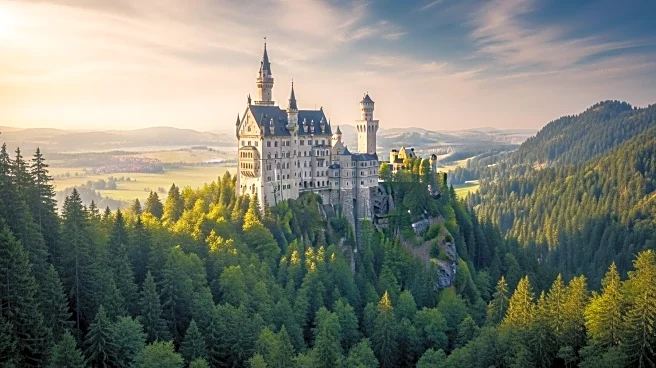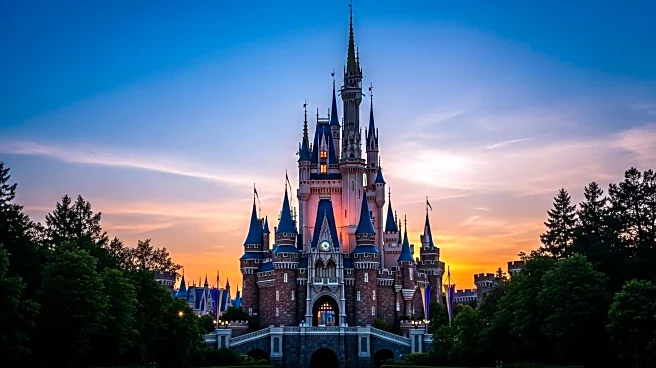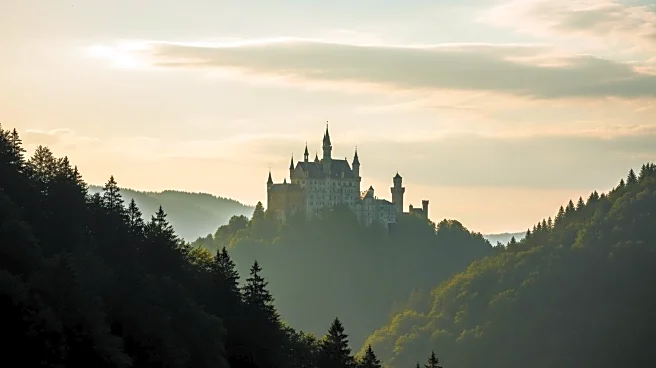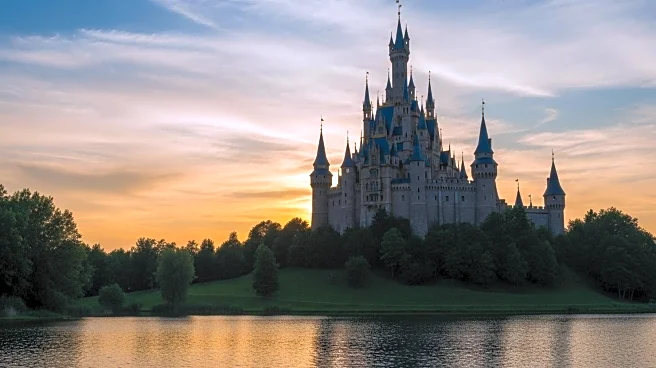Neuschwanstein Castle, a masterpiece of 19th-century architecture, was born from the dreams and ambitions of King Ludwig II of Bavaria. Designed as a tribute to Richard Wagner, the castle reflects Ludwig's romantic ideals and artistic vision. Its creation involved innovative techniques and materials, resulting in a cultural landmark that continues to captivate visitors worldwide.
Founding or Discovery
The founding of Neuschwanstein Castle began with King Ludwig II's vision to create a fairy-tale retreat inspired by Wagner's operas and medieval architecture. The castle's location on a rugged hill above Hohenschwangau was chosen for its picturesque setting, offering breathtaking views of the Bavarian Alps.
Key Contributors
The creation of Neuschwanstein Castle involved the collaboration of architects Christian Jank, Eduard Riedel, and Georg von Dollmann, who played crucial roles in bringing Ludwig's vision to life. Their expertise in Romanesque Revival style and innovative design techniques resulted in a unique blend of art and architecture.
Design or Method
The design of Neuschwanstein Castle reflects Ludwig II's romantic ideals, with its dramatic towers and intricate interiors inspired by Wagner's operas. The use of materials such as brick, limestone, and sandstone contributed to the castle's durability and aesthetic appeal, making it a marvel of 19th-century architecture.
Early Reception
The early reception of Neuschwanstein Castle was marked by both admiration and criticism. While Ludwig's vision was celebrated for its artistic expression, the financial challenges faced during construction led to controversy. Despite these challenges, the castle's opening to the public transformed it into a cultural landmark, attracting visitors from around the world.
 Discover Daily • 8 min read
Discover Daily • 8 min read 